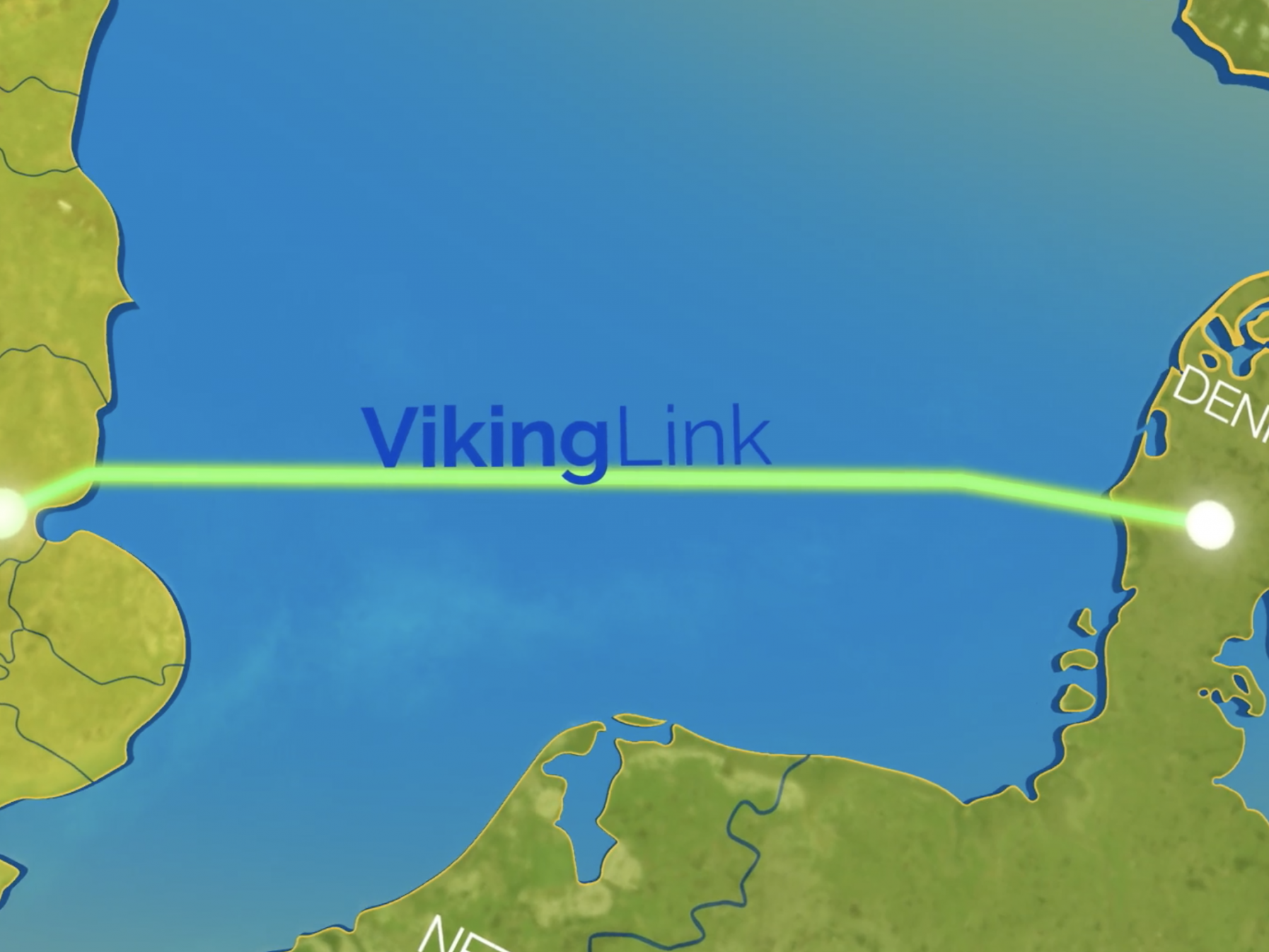Construction begins on world’s longest electricity cable to share clean power between UK and Denmark
The 475-mile underwater and onshore cable is a ‘milestone’ in UK’s move towards net-zero emissions, says National Grid

Your support helps us to tell the story
From reproductive rights to climate change to Big Tech, The Independent is on the ground when the story is developing. Whether it's investigating the financials of Elon Musk's pro-Trump PAC or producing our latest documentary, 'The A Word', which shines a light on the American women fighting for reproductive rights, we know how important it is to parse out the facts from the messaging.
At such a critical moment in US history, we need reporters on the ground. Your donation allows us to keep sending journalists to speak to both sides of the story.
The Independent is trusted by Americans across the entire political spectrum. And unlike many other quality news outlets, we choose not to lock Americans out of our reporting and analysis with paywalls. We believe quality journalism should be available to everyone, paid for by those who can afford it.
Your support makes all the difference.Construction work has begun on what will become the world’s longest electricity interconnector, which will allow clean energy to travel between the the UK and Denmark.
The £1.8bn Viking Link interconnector project is a high-voltage direct-current link which will connect the two countries, and represents a “major milestone” in the UK’s efforts to reach net zero greenhouse gas emissions, according to the National Grid.
The project, set to be completed in 2023, will run cables 475 miles (765km) under the sea between Bicker Fen in Lincolnshire, England and Revsing in South Jutland, Denmark.
It is a collaborative project between the UK’s National Grid and the Danish electricity system owner and operator, Energinet.
Denmark has significant wind power resources and the scheme means that Danish wind farms could soon power one-and-a-half million UK homes. The system will also allow the UK to export energy.
Siemens Energy has been appointed to construct the UK and Denmark converter stations on both ends of the interconnector link. Building work has now begun with the creation of a one and a half mile access road for the Bicker Fen site.
Mike Elmer, the Viking Link project director for National Grid Ventures said: “We’ve already completed the initial groundwork with archaeological and ecological surveys as well as water works studies, however this is a key construction milestone for the project.
“Viking Link will play a vital role in helping to decarbonise the UK’s power supply on the journey to a net zero carbon energy system. It will enable access to a cleaner greener supply of electricity, which will make energy more secure and affordable for consumers.”
UK minister for energy and clean growth, Kwasi Kwarteng, said: “This major construction project will put Lincolnshire firmly at the heart of our economic recovery. Not only will this scheme create local green-collar jobs across the county, but it will also bolster our energy security, reduce bills for consumers, and give our home-grown renewable generators a greater chance to export zero-carbon electricity around the world.”
Matt Warman, Conservative MP for Boston & Skegness in Lincolnshire, said: “Reducing carbon emissions is one of the biggest challenges facing our world, and interconnectors play a critical role in the UK’s transition to clean energy resources. It is great to hear that this project will create employment opportunities to the local community and look to procure products and services from local companies throughout the project.”
By 2030, 90 per cent of electricity imported via National Grid’s interconnectors will be from zero carbon sources, the company said in a statement.
Join our commenting forum
Join thought-provoking conversations, follow other Independent readers and see their replies
Comments